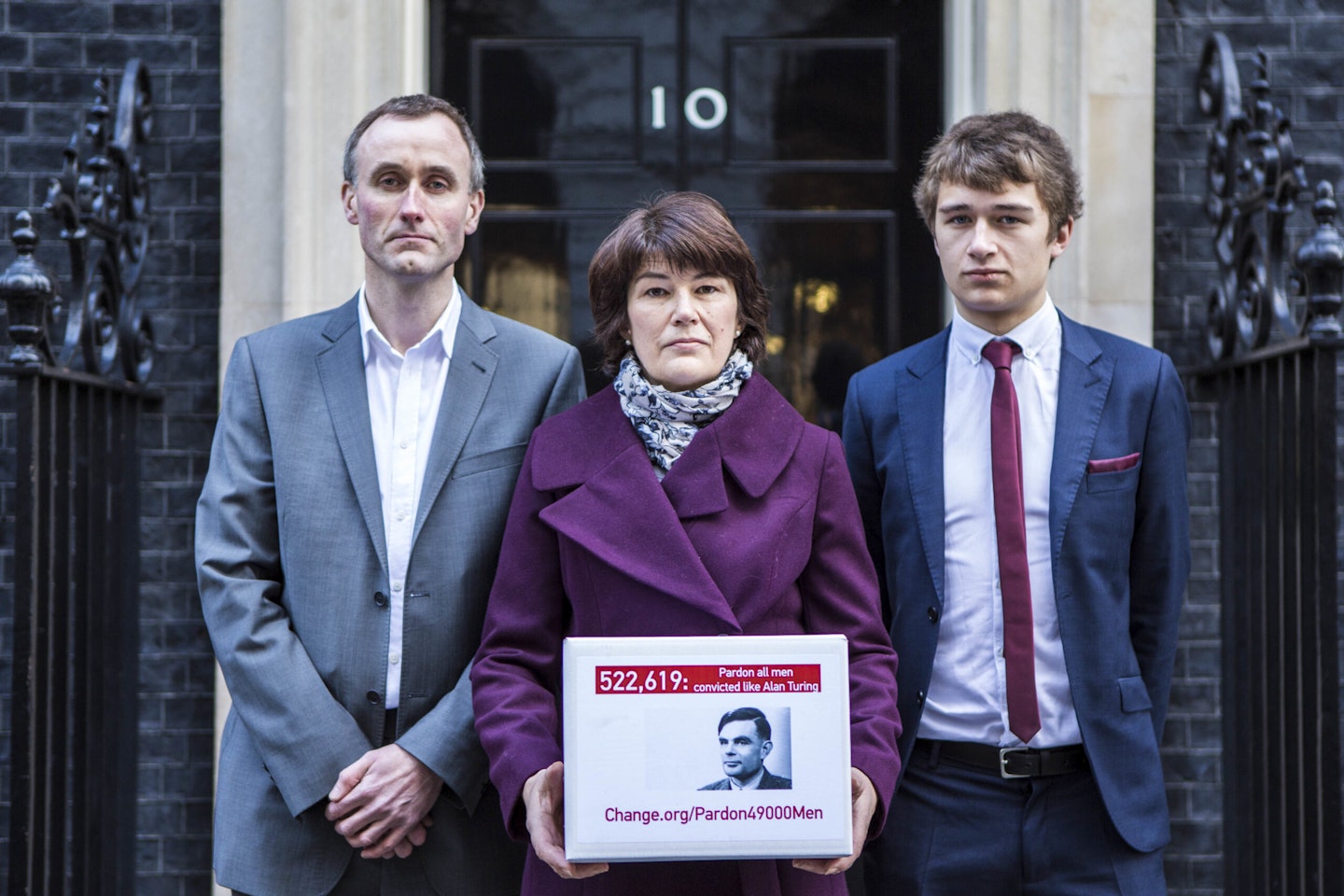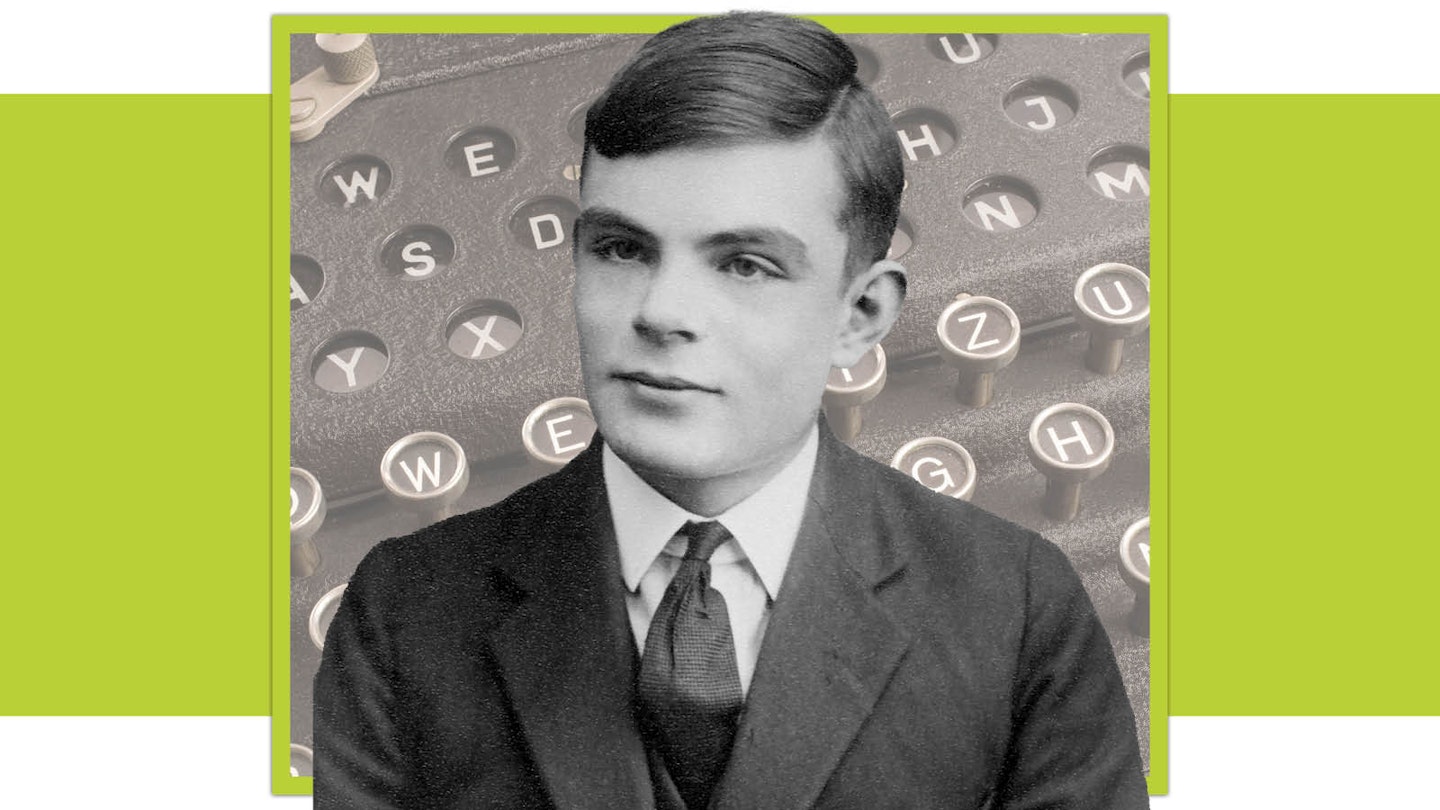The field of mathematics is not typically associated with glamour and intrigue, but the incredible life story and achievements of Alan Turing are perhaps the greatest exception to this rule.
As one of the most recognised and influential names in science, Turing represents both the peaks of individual success across disciplines, and the lows of personal struggle against the iniquities of his time. His intelligence and will continue to inspire in equal measure.
A prodigy
Alan Mathison Turning was born on the 23 June 1912 in Maida Vale. His father, a civil servant of the British Raj government, continued to travel between India and England throughout his childhood, much of it spent in St Leonards-on-Sea on the Sussex coast.
Even at primary school, he was recognised for his exceptional intelligence and dedication to study. His first day at Sherborne School aged 13 coincided with the 1926 General Strike, limiting train travel. Undeterred, Alan cycled 60 miles from Southampton to Sherborne solo over two days. While at the school, he was rebuked for preferring mathematics and the sciences over the classical inclination of his school masters. Nevertheless, he marched ahead, solving complex equations and even studying the work of Albert Einstein without formal guidance from his teachers.

Some of the inspiration for this keenness has been ascribed to the infatuation the young Turing formed at Sherborne for his peer Christopher Morcom. Initially driven by their common interests and mutual affection, Turing would continue to work hard after Morcom’s tragic death from tuberculosis in 1930, writing to his friend’s mother: ‘I know I must put as much energy if not as much interest into my work as if he were alive, because that is what he would like me to do.’
It was this drive that led him to secure a scholarship at King’s College, Cambridge, and achieve first-class honours in mathematics, followed by a Master’s thesis, the strength of which secured him a fellowship. During this time, he invented the concept of a ‘Turing machine’, a theoretical computational device which he used to describe the capabilities and limitations of computers, highly influential work which he continued during a PhD at Princeton University.
Bletchley and codebreaking
The most famous chapter of Turing’s life, however, was not to begin until his return to the UK in 1938. Having already begun to explore cryptology while at Princeton, he started work at the Government Code & Cypher School, the predecessor to GCHQ, based at Bletchley Park. The focus of their work was the Enigma machine, a device used by the Germans to encode secretive communications. Building upon previous decryption work by the Polish, Turing developed a machine called ‘the bombe’ which helped to crack messages encoded by the Enigma, providing vital insights into German intelligence.
Even among the highly intelligent cohort working at Bletchley, Turing was a stand-out genius. Called ‘Prof’ by his colleagues, he was known for his eccentricities and penchant for long-distance running (he later tried out for the 1948 Olympic marathon team). As well as leading his own section in Hut 8, his work was influential in the development elsewhere of the pioneering Colossus computer.

It has been estimated that the work undertaken at Bletchley Park shortened the Second World War by around two years. Turing was duly awarded an OBE but due to the Official Secrets Act that all workers had to sign, he was not able to reveal his time there publicly. While he continued his work to expand the possibilities of computing, Turing was hampered by this act, which placed limits on how much of his previous work he could discuss.
Life after the war
Not to be deterred, he worked at the University of Manchester’s Computing Machine Laboratory, where he first defined the famous ‘Turing test’. This is a test of a machine’s intelligence through a dialogue with a human user. If the human was unable to tell through a conversation with the machine whether or not it was a human respondent, the machine was judged capable of thought. This test remains a hotly debated hallmark of computer science.
At the start of the 1950s, his work continued to range widely, with development of a prototype chess-playing computer program as well as contributions to biology through mathematical models of pattern formation. But in 1952, things came undone for Alan. For despite all his contributions to science and to his country, Turing was gay, and homosexual acts would remain illegal in England and Wales until 1967.

Turing’s sexuality had been clear since his childhood relationship with Christopher Morcom, with a brief engagement to his Bletchley Park colleague Joan Clarke called off after its revelation. In 1952, when reporting to the police that his home had been burgled, he revealed that he was in a relationship with another man, Arnold Murray, and both were subsequently charged with ‘gross indecency’. After pleading guilty, Turing opted for probation over imprisonment, on the condition that he would undergo chemical castration.
Death and legacy
In 1954, he was found dead at home of cyanide poisoning. While the exact circumstances of his death, and its classification as suicide, remain uncertain, the injustice of his fall from grace, at the hands of the same government he had served so judiciously during the war, is undeniable, and the loss to humanity of his intellect immeasurable.

While his discoveries continued to influence and inspire across scientific disciplines, it was not until 2013 that he was officially pardoned by the state. In 2017, the Policing and Crime Act contained a provision to retroactively pardon all men cautioned or convicted under historical anti-homosexual legislation, known as the ‘Alan Turing law’. It was a fitting if overdue addition to the legacy of one of the most important thinkers of the 20th century, whose foundational work on computer science helped to build the world we live in today.
